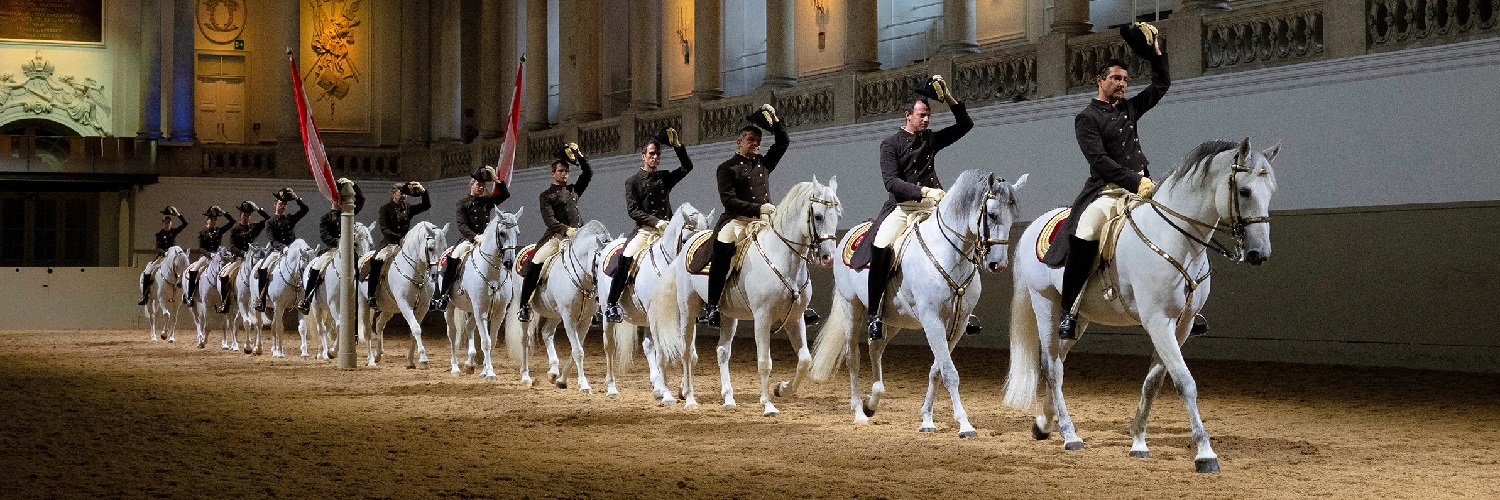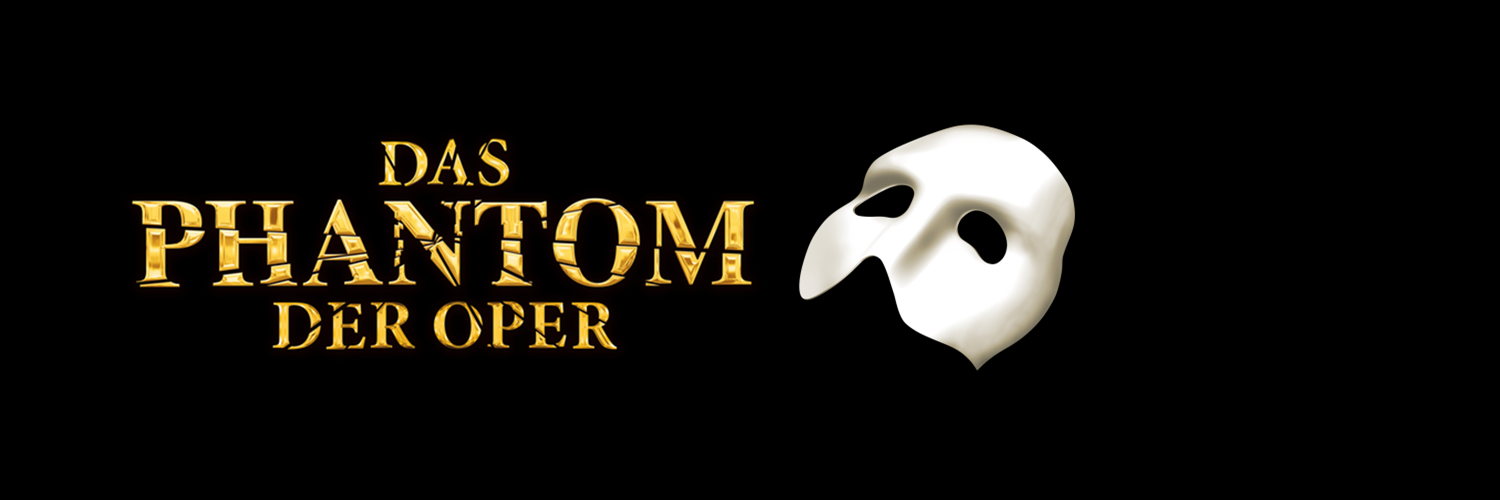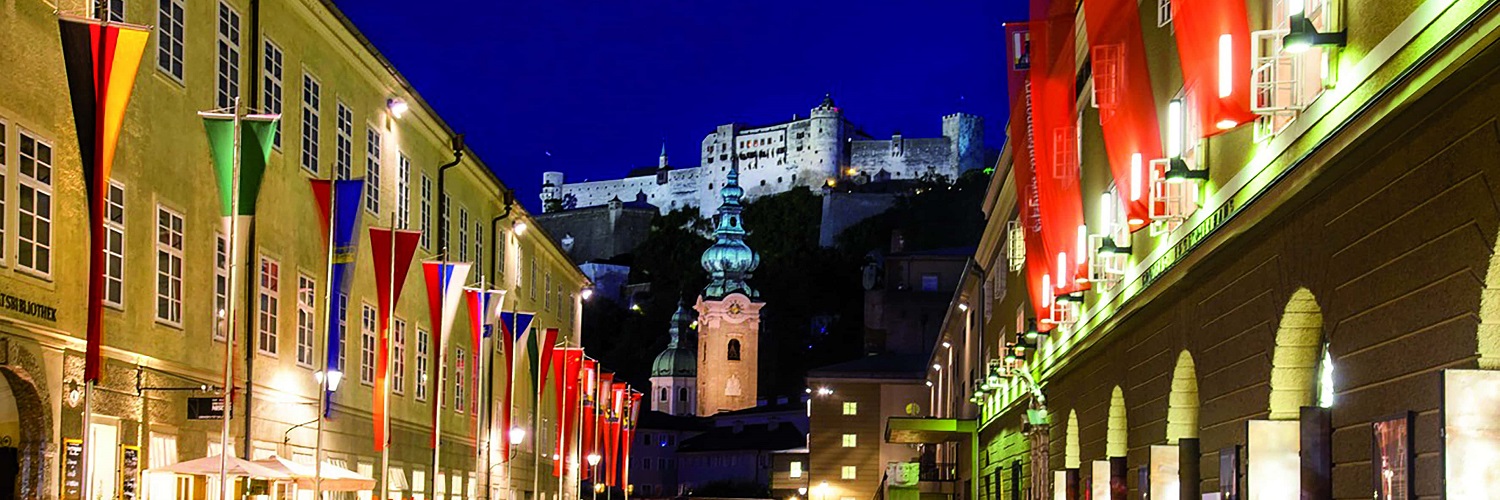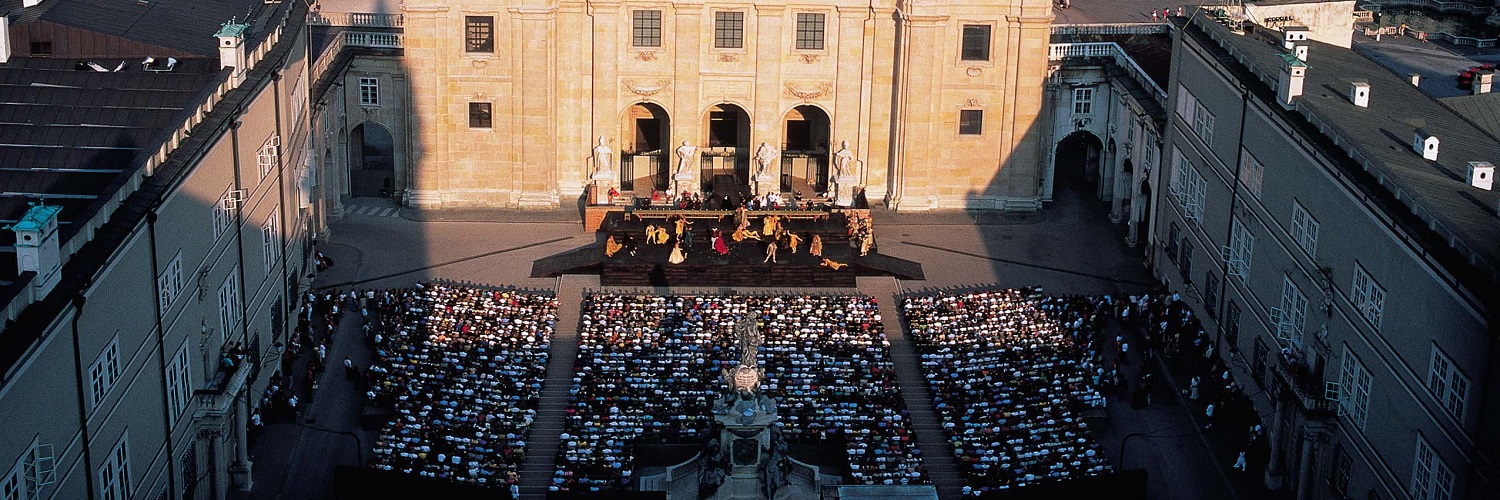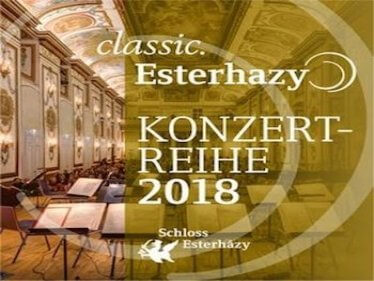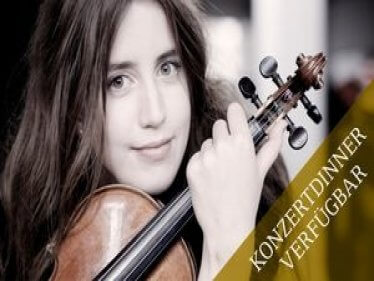Wie Haydn tickt - Schedule, Program & Tickets
Wie Haydn tickt
program
Johannes Brahms: Double Concerto in A minor for Violin, Violoncello and Orchestra op. 102
Joseph Haydn: Symphony No. 101 in D major "The Clock" Hob. I: 101
Johannes Brahms: Variations on a Theme by Haydn op.56a
Two young stars of the world, from Europe to America, both the audience and the press delight and inspire. About the Norwegian exceptional violinist Vilde Frang wrote the Hamburger Abendblatt: 'Here is the perfectly controlled, perfectly styled world star, there the natural child, a creature like a Scandinavian fairy tale sprung. Her unruly hair and the perfect oval of her face give Vilde Frang a certain fairness. 'Nicolas Altstaedt gave the mirror a hymnic critique with the words' A cello poet!' These two superstars of the classic world will also enchant Eisenstadt in 2018. With works by Haydn and Brahms.
Haydn and "The Clock"
"It was Haydn, what could one do, what more do you need to say?" This was written by the "Morning Chronicle" in 1794 after the premiere of Haydn's Symphony Hob. I: 101. The nickname "The Clock" she received later. Because the slowly ticking in the regular eighth pulse, alternately instrumented thirds remember exactly. And the finale is, according to Haydn researcher H. C. Robbins Landon, as "the greatest symphonic finale in Haydn's career".
Brahms double concert
Perhaps Johannes Brahms also felt the passage of time. With a double concert for violin and cello, the then 54-year-old sought to renew an old friendship. Nine years earlier, he had composed a violin concerto for Joseph Joachim. The Geiger divorce war, however, divided the two. The project succeeded - with a autumnal-serious work full of lyrical dialogues and a Hungarian-colored finale.
Subject to change.
Johannes Brahms: Double Concerto in A minor for Violin, Violoncello and Orchestra op. 102
Joseph Haydn: Symphony No. 101 in D major "The Clock" Hob. I: 101
Johannes Brahms: Variations on a Theme by Haydn op.56a
Two young stars of the world, from Europe to America, both the audience and the press delight and inspire. About the Norwegian exceptional violinist Vilde Frang wrote the Hamburger Abendblatt: 'Here is the perfectly controlled, perfectly styled world star, there the natural child, a creature like a Scandinavian fairy tale sprung. Her unruly hair and the perfect oval of her face give Vilde Frang a certain fairness. 'Nicolas Altstaedt gave the mirror a hymnic critique with the words' A cello poet!' These two superstars of the classic world will also enchant Eisenstadt in 2018. With works by Haydn and Brahms.
Haydn and "The Clock"
"It was Haydn, what could one do, what more do you need to say?" This was written by the "Morning Chronicle" in 1794 after the premiere of Haydn's Symphony Hob. I: 101. The nickname "The Clock" she received later. Because the slowly ticking in the regular eighth pulse, alternately instrumented thirds remember exactly. And the finale is, according to Haydn researcher H. C. Robbins Landon, as "the greatest symphonic finale in Haydn's career".
Brahms double concert
Perhaps Johannes Brahms also felt the passage of time. With a double concert for violin and cello, the then 54-year-old sought to renew an old friendship. Nine years earlier, he had composed a violin concerto for Joseph Joachim. The Geiger divorce war, however, divided the two. The project succeeded - with a autumnal-serious work full of lyrical dialogues and a Hungarian-colored finale.
Subject to change.
There are no products matching the selection.

